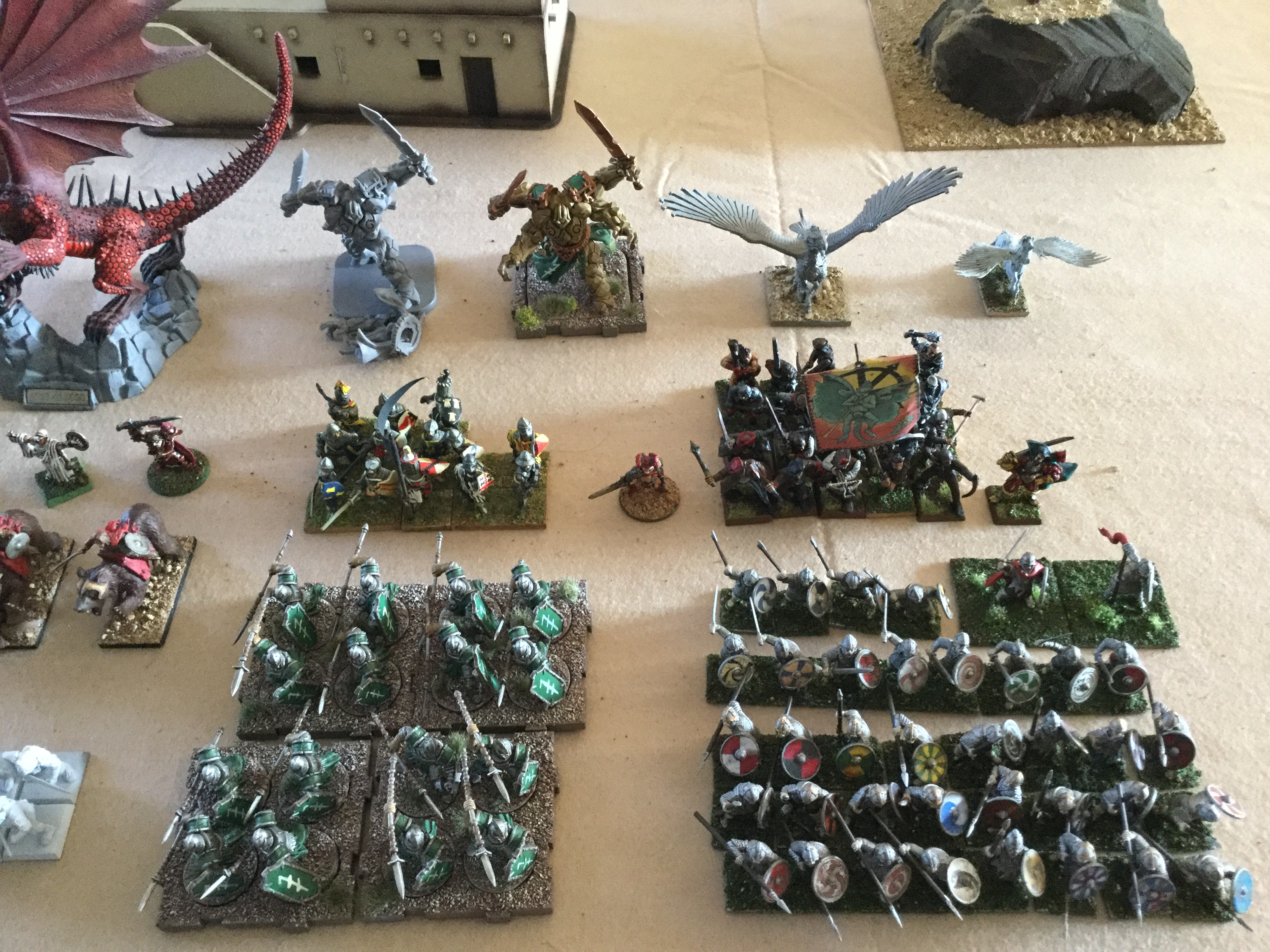

Historians Frank Davis and Graham Maddocks published, in 1995, Bloody Red Tabs, that attempted to list all British generals killed in action, died of wounds or as a result of active service. įuneral of Brigadier-General Francis Earl Johnston, 18 August 1917 Causes of death Since the 1980s military historians including Shelford Bidwell, Tim Travers, John Terraine and Williamson Murray have stated that rather than being châteaux generals who hid in the rear, the British Army leadership of the war were creative innovators, keen to overcome the stalemate of trench warfare.
#Armies of ganivar series#
The view was advocated by Alan Clark's 1961 book The Donkeys and the 1964 BBC documentary series The Great War. One of the most prominent persons to propagate the "chateau generals" view, was wartime Prime Minister David Lloyd George in his 1933 War Memoirs. On 3 October 1915 following the loss of three division commanders killed in action in a week, the Chief of the Imperial General Staff Lieutenant-General William Robertson ordered corps and division commanders of the armies on the Western Front not to expose themselves to danger during battle. In the early months of the war casualties among British general officers were high indeed in a period of nine days in late September and early October 1914 eight generals were killed, wounded or captured, a considerable loss of leadership and command experience. The role of the general officers was not to oversee troops directly but to maintain a headquarters from which they could receive information and direct the battle. This view has been criticised by Davis and Maddocks among others.

There has long been a view that British generals of the First World War were isolated from their men, issuing orders from châteaux far behind the front line with little thought for the reality in the trenches. At the end of the war in 1918 the expansion of the army had seen this rise to 8 field marshals, 29 generals, 47 lieutenant-generals, 219 major-generals and 600 brigadier-generals. At the start of the war the British Army contained 9 field marshals, 19 generals, 28 lieutenant-generals, 114 major-generals and 180 brigadier-generals. Generals typically commanded field armies, lieutenant-generals corps, major-generals divisions and brigadier-generals brigades.

Field marshal was usually an honorary appointment, with the most senior active duty officers being generals. General officer ranks in the armies of the British Empire of the First World War were, in descending order of seniority: field marshal, general, lieutenant-general, major-general and brigadier-general. Listed separately are 34 who died between the armistice and 31 August 1921 which was defined by an act of British parliament as the formal end of the war. It includes 123 officers who died between Britain's entry into the war, 4 August 1914, and the armistice of 11 November 1918. This list provided below includes officers who died from all causes and so is broader than Davis and Maddocks' list. In 1995, British military historians Frank Davis and Graham Maddocks compiled, in the book Bloody Red Tabs, a list of 78 general officers that they considered to have been killed as a result of active service. This view has been criticised as a misconception by some military historians. During this period general officers were those who held the rank of field marshal, general, lieutenant-general, major-general or brigadier-general and generally commanded units of brigade size or larger.Ī popular view arose in post-war years that British general officers were detached from the fighting in châteaux far behind the front line.

This list includes all British officers of general rank who are listed by the Commonwealth War Graves Commission (CWGC) as having died while serving during the First World War. Gravestone of Brigadier-General Roland Bradford, killed 30 November 1917


 0 kommentar(er)
0 kommentar(er)
